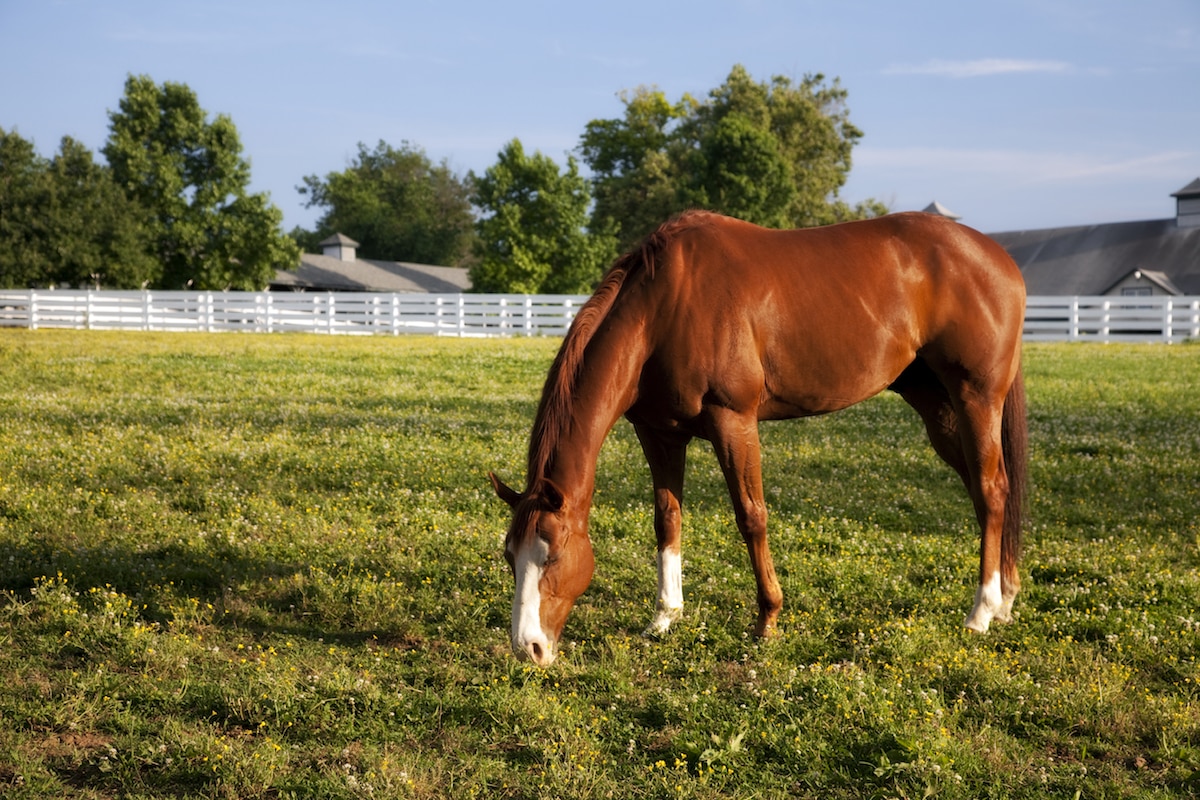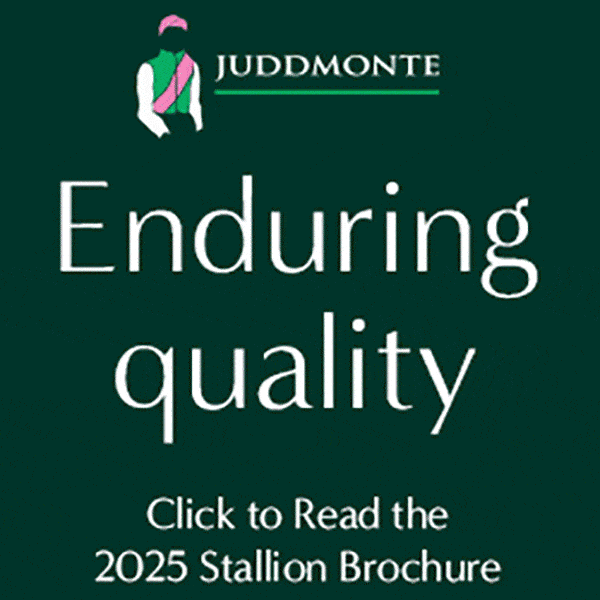Your retired racehorse’s nutritional needs are much different now than during his racing career

The OTTB must shift from a grain-based diet to one centered around forages. Courtesy istock.com
Regardless of the discipline you plan to point your off-track Thoroughbred (OTTB) toward, you need to make sure you’re providing his body with the right fuel to function. It’s important to understand how he was fed during his time on the track and how his nutritional needs differ in his new career.
Feeding Racehorses
A racehorse’s ideal body condition score is about a 4 on the 1 to 9 scale (with 1 being emaciated and 9 being obese). This number is slightly lower than that of a pleasure or low-level performance horse.
Racehorses exercise at a high intensity level and, therefore, need more nutrients in their diet than pasture or pleasure horses, including:
■ Energy This is the most important nutrient in a racehorse’s diet and typically comes from carbohydrates (sugars/starches) and fats;
■ Minerals Racehorses require added minerals (e.g., sodium, chloride and potassium) to keep electrolyte levels balanced when they sweat;
■ Vitamins Racehorses have increased vitamin needs proportional to their energy needs; and
■ Water Free-choice water is a must to replenish losses during sweating.
For many racehorses, grain makes up more than 50% of their diet. The typical racehorse might consume 10-15 pounds of grain per day, divided into several small feedings. These grains are high in sugar and starches (also referred to as nonstructural carbohydrates, or NSC) and provide approximately 80% of the energy a horse needs for exercise. Fat is also an acceptable energy source and contains 2.5 times more energy than carbohydrates, so racehorse diets often consist of about 8% fat. Racehorses need high-quality hay both for nutrients and for hindgut health.
Due to their high-carb and primarily grain-based diets, racehorses are prone to gastrointestinal issues such as gastric ulcers and digestive upset. To combat this, many managers administer omeprazole (also known as GastroGard) and pre- and probiotics to keep racehorses’ digestive tracts functioning properly. Some managers also provide alternate fiber sources, such as beet pulp, to keep their charges’ hindguts healthy.
Feeding OTTBs
Once a racehorse leaves the track for his new career, his exercise intensity level typically drops drastically to low or moderate; thus, his nutritional needs change, as well. He still needs dietary energy, vitamins and minerals, but for very different purposes.
You will most likely need to increase your OTTB’s body condition at least one to two body condition scores and build his topline. Providing the right calorie sources and adequate protein plus exercise will help with overall condition and muscle development.
The OTTB must shift from a grain-based diet to one centered around forages (good-quality hay and pasture). Add grain to the diet as needed to provide what your hay or pasture is lacking, and do so in small amounts per meal to prevent digestive upset. Based on each horse’s needs, consider feeding:
■ Ration balancer pellets (low-calorie protein, vitamin and mineral supplements to balance a forage diet) for horses that are able to maintain their weight on forage alone;
■ Premixed commercial grain products, which provide a balance of nutrients when fed with a typical forage, including calories to maintain or increase weight; or
■ Fat supplements (pelleted or powder top-dressing) to increase calories.
Due to their former lifestyles, some OTTBs can be hot-tempered or nervous. To combat this nutritionally, look for a feed that has 10-15% fat, and reduce NSC levels to less than 30% of the grain portion. Over time, these changes can help settle the hot or nervous OTTB.
Take-Home Message
Careful dietary consideration can help make an OTTB’s transition from racehorse to pleasure or performance horse easier on the digestive system. If you have questions about your horse’s diet, consult an equine nutritionist or veterinarian to tailor a feeding program to your horse.

